
Richard Martin Edler von Mises was an Austrian scientist and mathematician who worked on solid mechanics, fluid mechanics, aerodynamics, aeronautics, statistics and probability theory. He held the position of Gordon McKay Professor of Aerodynamics and Applied Mathematics at Harvard University. He described his work in his own words shortly before his death as:
practical analysis, integral and differential equations, mechanics, hydrodynamics and aerodynamics, constructive geometry, probability calculus, statistics and philosophy.

Heinrich Georg Barkhausen, born in Bremen, was a German physicist.

Georg Karl Wilhelm Hamel was a German mathematician with interests in mechanics, the foundations of mathematics and function theory.

In the study of dynamical systems, the van der Pol oscillator is a non-conservative, oscillating system with non-linear damping. It evolves in time according to the second-order differential equation where x is the position coordinate—which is a function of the time t—and μ is a scalar parameter indicating the nonlinearity and the strength of the damping.

The Duffing equation, named after Georg Duffing (1861–1944), is a non-linear second-order differential equation used to model certain damped and driven oscillators. The equation is given by where the (unknown) function is the displacement at time t, is the first derivative of with respect to time, i.e. velocity, and is the second time-derivative of i.e. acceleration. The numbers and are given constants.

Martin Ohm was a German mathematician and a younger brother of physicist Georg Ohm.
Applied mechanics is the branch of science concerned with the motion of any substance that can be experienced or perceived by humans without the help of instruments. In short, when mechanics concepts surpass being theoretical and are applied and executed, general mechanics becomes applied mechanics. It is this stark difference that makes applied mechanics an essential understanding for practical everyday life. It has numerous applications in a wide variety of fields and disciplines, including but not limited to structural engineering, astronomy, oceanography, meteorology, hydraulics, mechanical engineering, aerospace engineering, nanotechnology, structural design, earthquake engineering, fluid dynamics, planetary sciences, and other life sciences. Connecting research between numerous disciplines, applied mechanics plays an important role in both science and engineering.
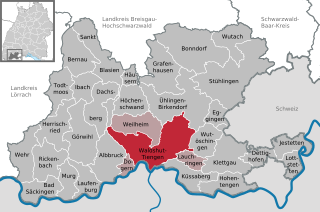
Waldshut-Tiengen, commonly known as Waldshut, is a city in southwestern Baden-Württemberg right at the Swiss border. It is the district seat and at the same time the biggest city in Waldshut district and a "middle centre" in the area of the "high centre" Lörrach/Weil am Rhein to whose middle area most towns and communities in Waldshut district belong. There are furthermore complexities arising from cross-border traffic between this area and the Swiss cantons of Aargau, Schaffhausen and Zürich. This classification relates to Walter Christaller's Central Place Theory, however, and not to any official administrative scheme.
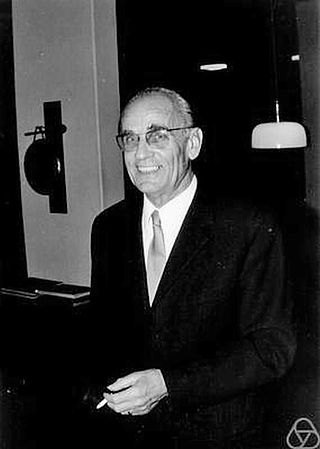
Wolfgang Siegfried Haack was a German mathematician and aerodynamicist. He in 1941 and William Sears in 1947 independently discovered the Sears–Haack body.
Walter Friedrich Karl Weizel was a German theoretical physicist and politician. As a result of his opposition to National Socialism in Germany, he was forced into early retirement for a short duration in 1933. He was a full at the University of Bonn, from 1936 to 1969. After World War II, he helped to establish the Jülich Research Center, and he was a state representative of the Social Democratic Party of Germany.
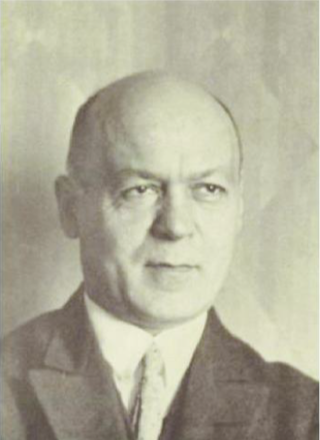
Leon Lichtenstein was a Polish-German mathematician, who made contributions to the areas of differential equations, conformal mapping, and potential theory. He was also interested in theoretical physics, publishing research in hydrodynamics and astronomy.

Paul Rudolf Eugen Jahnke was a German mathematician.
Wilhelm Karl Konrad Siegmund Adam Hort was a German physicist.
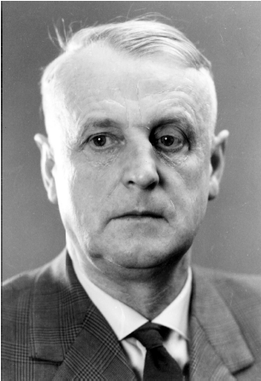
Alfred Emil Richard Kneschke was a German mathematician, engineer and university lecturer. During the World War II, Kneschke managed the Referat IV, Section II of the Wehrmacht Signals intelligence organization General der Nachrichtenaufklärung until November 1944, working on cryptanalysis and decoding of British, USA, French and Balkan cipher systems. From Nov 1944, he worked in the OKW/Chi cipher bureau as a cryptanalyst.

Isaac Elishakoff is a Distinguished Research Professor in the Ocean and Mechanical Engineering Department in the Florida Atlantic University, Boca Raton, Florida. He is a figure in the area of mechanics. He has made several contributions in the areas of random vibrations, solid mechanics of composite material, semi-inverse problems of vibrations and stability, functionally graded material structures, and nanotechnology.

Karl Ludwig Föppl was a German mechanical engineer who succeeded his father, August Föppl as Professor of Technical Mechanics at the Technical University of Munich. During World War I, Föppl worked as a cryptanalyst, initially in Inspectorate 7/VI, and later in the war within General der Nachrichtenaufklärung.
Gerhard Karl Theodor Haenzel was a German mathematician.
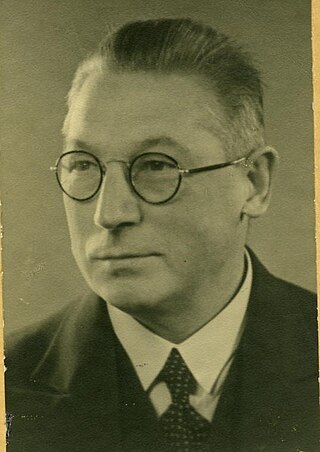
Rudolf Ernst Rothe was a German applied mathematician.
Erich Hans Rothe was a German-born American mathematician, who did research in mathematical analysis, differential equations, integral equations, and mathematical physics. He is known for the Rothe method used for solving evolution equations.
Hans Lorenz was a German engineer and mathematical physicist. He was an influential professor at the University of Göttingen and at Danzig where he was involved in establishing the training of engineers with sound mathematical and physics foundations.














